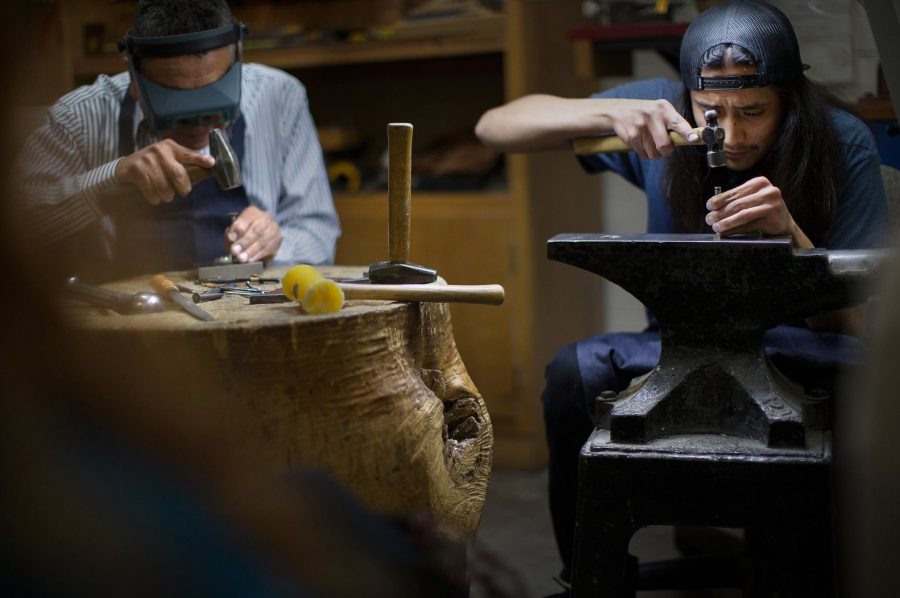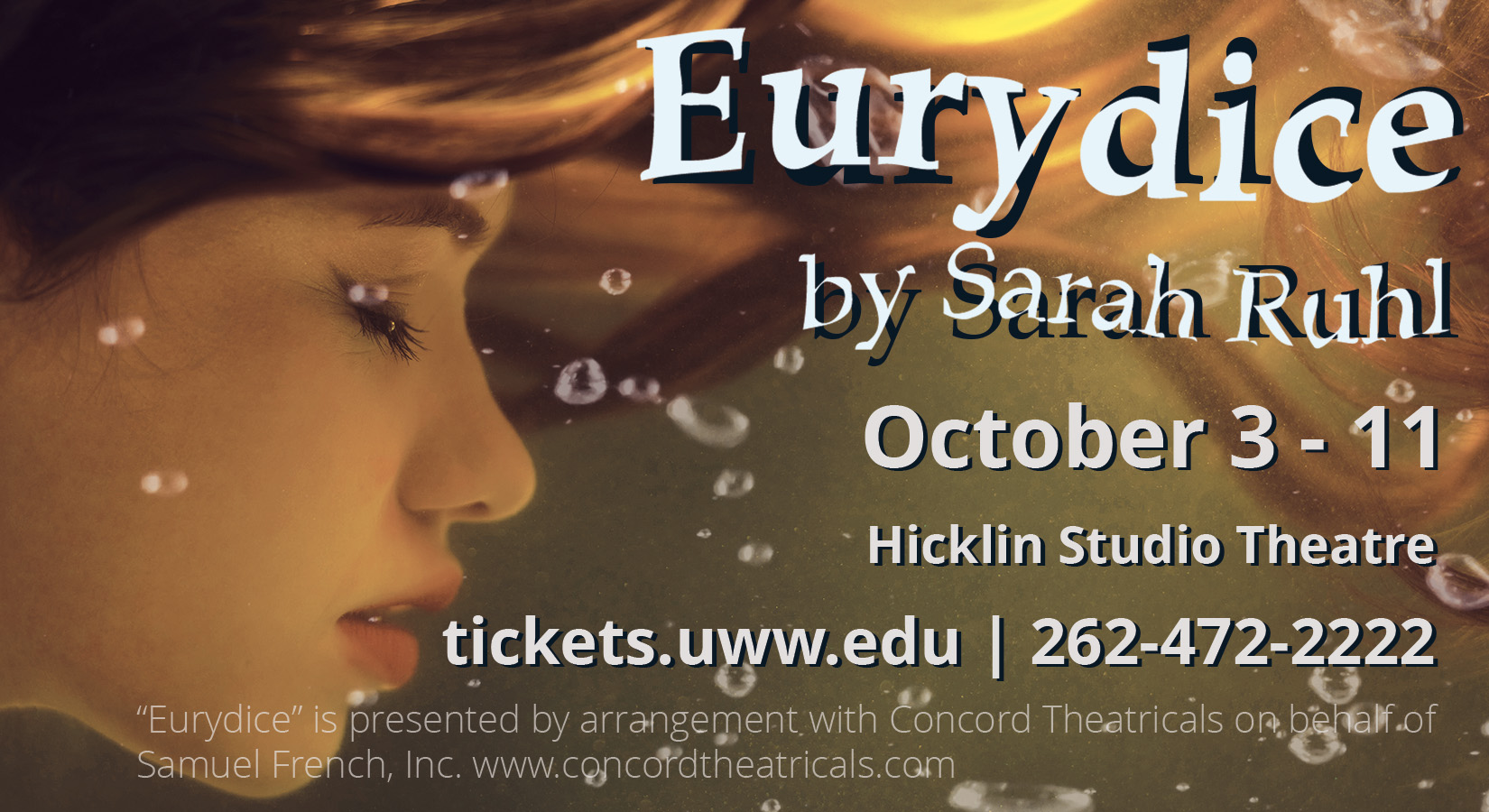Navajo silversmiths visit Whitewater
March 6, 2017
The captivating, intricate and respectable hand-crafted work of a world renowned Navajo silversmith is building anticipation and excitement at the University of Wisconsin-Whitewater.
Allison Snowhawk Lee, award-winning artist and one of the greatest American Silversmiths, is visiting Whitewater for the first time on Feb. 8-9. His work is included in major collections around the world and is published in numerous books and magazines.
“His appearance is comparable to a celebrity,” said senior Hunter Copeland, member of Alloy, an organization for students who are interested in furthering their knowledge and involvement in the field of metalsmithing.
“We expect people from out-of-state to attend to meet him, along with schools around Wisconsin.”
The event is a collaborative project initiated by Teresa Faris, associate Professor and area head of the Metals program.
“I met Allison many years ago at Katy’s American Indian Arts in Madison and I had known his work for decades before meeting him,” Faris said. “I thought it would be a great opportunity if he were able to visit. He agreed and we’ve had persistent communication.”
The visit was made possible with funding by Alloy, UW-Whitewater Visiting Artist Fund, the College of Arts and Communication, UW-Whitewater Native American Cultural Awareness Association and Katy’s American Indian Arts.
Lee will be accompanied by his son Trent, who is a rising star in the silversmith industry, following his father’s footsteps with recent awards.
While Lee continues his apprenticeship tradition by passing down his jewelry expertise to his three sons, he will be sharing his knowledge and talent with the UW-Whitewater community with the visit beginning with a public illustrated lecture on Feb 8 at noon in the Greenhill Center of the Arts (CA) Room 30. The lecture will be followed by a workshop for Advanced Metals students 2-5 p.m. An informal lunch and open conversation will conclude the event on Feb. 9 from noon to 1:30 p.m. in CA 2080.
Alloy Vice President Lizzy Christianson and Secretary Alec Schwenger, senior workshop attendees, are anticipating an exclusive learning experience to enhance their own talents and gain insight from Lee.
“I assume that Lee will use silver, but it all depends on the tools,” Christianson said. “It will be extremely interesting to learn from Navajo artists who have done this their whole life and who have their own traditional stamps with their very own meaning.”
From broaches to rings, Lee is known for creating beautiful pieces, but culture plays a large role in his work. With body adornment being as old as humans, jewelry making is the second oldest profession in the world. As it is Lee’s lifelong passion, he has become connected to his heritage through the art. Lee has experience combining old and new creations since age 12, where he discovered a metaphysical sense of bridging generations that he carries throughout his life and career.
“With the artist’s credentials, we will be able to learn design, technique and Navajo style,” Schewenger said. “It will help everyone who attends grasp a better understanding of the culture and what being a silversmith means to both them and us.”
Faris believes this experience will be extremely valuable for all students at UW-Whitewater, as the Navajo tradition “is integral to our understanding of the world we live in as Americans and how body adornment has impacted our curriculum.”
Lee will discuss his jewelry techniques and current trends, but he will also examine both family and tribal history, along with the future of silversmith arts.
The cultural component is generating interest and diversity around campus for those outside of the art department.
Senior and president of the UW-Whitewater Native American Cultural Awareness Association Crystal Johnson is one of 10 members of the organization enthusiastic about the artist visit.
“This has already been a great opportunity for collaboration,” Johnson said. “Learning about the Navajo is a unique and should be an exceptional first-time cultural experience.”
While Lee does not make many appearances outside of craft fairs, art students feel lucky to have the notable silversmith and his exquisite work on campus.
“We are so excited and extremely grateful to have this opportunity,” Schewenger said.














